Huskies are an energetic and friendly breed that doesnt shed, making them a great option for allergy sufferers.
| Name of Non-Shedding Husky Variant | Siberian Husky (reduced shedding with proper care) |
| Lifespan | 12-15 years |
| Ideal Climate for Low Shedding | Cool Climates |
| Average Weight | 35-60 pounds (15.9-27.2 kilograms) |
| Average Height (at the withers) | 20-23.5 inches (51-60 centimeters) |
| Common Eye Colors | Blue, Brown, or Mixed |
| Energy Level | High |
| Exercise Needs | At least 2 hours daily |
| Grooming Requirement | Weekly brushing; more frequent during seasonal changes |
| Known Health Issues | Hip Dysplasia, Eye Disorders, Skin Conditions |
| Hypoallergenic | No, but has a predictable shedding pattern |
| Interaction with Children | Friendly and Playful |
| Training Difficulty | Moderate – Responsive but may be independent-minded |
| Popularity | Highly popular in the United States and many other countries |
Many people believe that Huskies are non-shedding, but this is a common misconception. In reality, they do shed.
Huskies have a double coat that sheds twice a year, known as “blowing coat” season. During this time, they undergo a shedding cycle to get rid of their old, dull fur and make way for new, healthier fur to grow.
Shedding is more prominent in the spring and fall as they prepare for the changing temperatures. It’s essential for Husky owners to understand and accept this natural shedding cycle to properly care for their pets and manage their shedding.
Regular grooming and maintenance are vital to minimize the impact of shedding in the home and keep the Husky breed that doesn’t shed as much as possible.
Husky breed that doesnt shed
Overall, while Huskies are not non-shedding breeds, understanding their shedding cycle and properly managing it can help owners maintain a cleaner living environment while keeping their beloved Husky healthy and happy.
Understanding Huskies' shedding patterns is just the beginning; uncovering their social habits is equally intriguing. Discover their compatibility with other canine companions in our detailed exploration, "Do Huskies Get Along with Other Dogs? Find Out Now!".
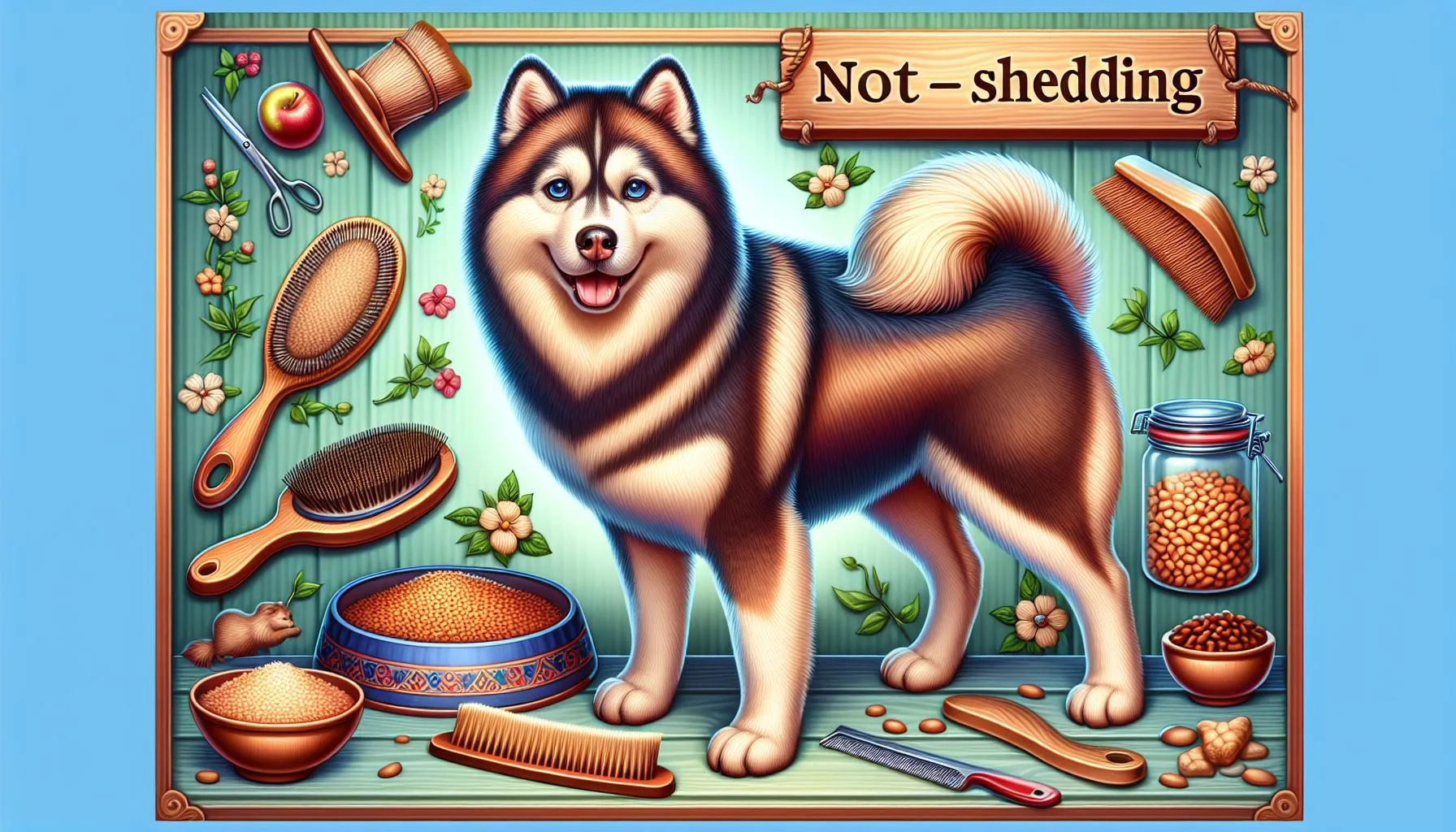
Characteristics of Low-Shedding Husky Breeds
Low-shedding Husky breeds are characterized by their distinct physical and behavioral traits that set them apart from traditional Huskies. These breeds typically have a denser undercoat and a longer topcoat, which helps minimize shedding.
Their fur texture is often softer and silkier compared to traditional Huskies, making grooming more manageable. In terms of behavior, low-shedding Husky breeds may exhibit a slightly calmer demeanor while still maintaining the characteristic intelligence, independence, and playful nature of the Husky breed that doesnt shed.
This combination of physical and behavioral traits makes low-shedding Husky breeds an ideal choice for individuals and families seeking a Husky companion without the excessive shedding typically associated with the breed.
Husky breed that doesnt shed
Their less frequent shedding makes them suitable for allergy sufferers and those who prefer a cleaner living environment.
This unique combination of qualities makes low-shedding Husky breeds a desirable option for many dog owners, who can enjoy the company of a Husky without the added challenge of excessive shedding.
To delve deeper into maintaining the coat health of your Husky, consider exploring proven haircare strategies. Gain insights into avoiding common grooming pitfalls by reading our article, Understanding Coat Damage and Finding the Right Haircare for Your Husky.

Husky Grooming Requirements
Huskies are known for their thick double coat which requires regular grooming to manage shedding and promote a clean home environment. Brushing your Husky’s coat at least two to three times a week is essential to remove loose fur and minimize shedding.
Use a slicker brush or a grooming tool specifically designed for double-coated breeds to effectively remove loose hair and prevent matting. Additionally, regular baths every 6-8 weeks with a gentle dog shampoo can help keep the coat clean and healthy.
Trimming the fur between the paw pads and around the ears can also contribute to a well-groomed appearance and reduce shedding around the house. Lastly, maintaining regular visits to a professional groomer for thorough deshedding treatments can significantly minimize the amount of loose hair in your home.
Husky breed that doesnt shed
Overall, consistent grooming practices are crucial for managing shedding and ensuring a clean living space when caring for a Husky breed that doesn’t shed.
To master the care of your Husky's unique coat needs, explore our comprehensive guide. Delve deeper into effective grooming strategies for a hybrid breed with our dedicated article on the French Bulldog and Husky Mix: A Guide to Grooming and Care.
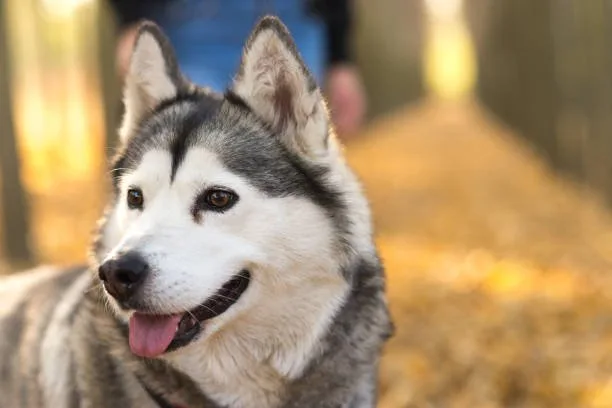
Diet and Nutrition for a Healthy Husky Coat
Proper diet and nutrition play a significant role in maintaining a healthy coat for a Husky breed that doesn’t shed. A well-balanced diet rich in essential nutrients such as Omega-3 fatty acids, vitamins, and quality proteins can contribute to improved skin and coat health, minimizing excessive shedding.
Foods with high Omega-3 content, like salmon or flaxseed, can help support a healthy coat by reducing inflammation and promoting hair strength. Additionally, incorporating omega fatty acid supplements into the Husky’s diet can further enhance coat health, ultimately reducing shedding.
It’s important to consult with a veterinarian to determine the most suitable diet and supplements for the specific needs of the low-shedding Husky. A combination of premium-quality commercial dog food and occasional natural, lean meats can provide the necessary nutrients for a healthy, lustrous coat with minimal shedding.
Overall, a well-rounded diet that includes essential nutrients and quality proteins is essential for maintaining a healthy, low-shedding coat for Huskies.
For a deeper understanding of how seasonal changes affect your Husky's coat, and to discover expert tips on grooming and care throughout the year, we invite you to explore our detailed article on managing your Husky's coat during the winter and summer months. Ensuring your pet's best health and appearance is a year-round commitment — this resource is crafted to help you every step of the way.
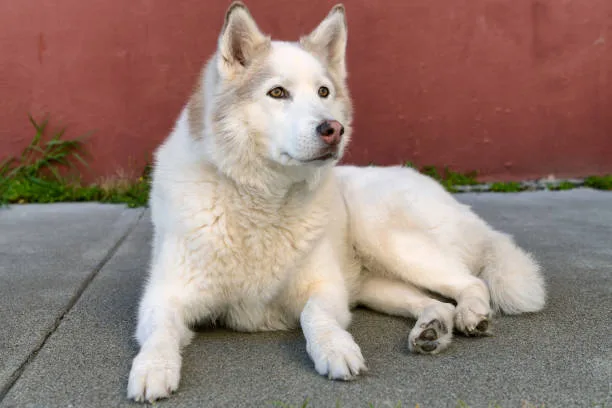
Exercise and Its Effect on Shedding
Regular exercise plays a crucial role in managing the shedding process for a Husky breed that doesn’t shed. Adequate physical activity not only promotes overall health but also has a direct impact on the shedding patterns of Huskies.
With consistent exercise, Huskies can maintain a healthier coat, reducing the amount of loose fur in the home environment. Additionally, a well-established exercise routine helps regulate the natural shedding cycle of Huskies, keeping their coat in better condition throughout the year.
Furthermore, exercise supports the circulation of natural oils in the skin, which is essential for promoting a lustrous and healthy coat while minimizing excessive shedding.
This consistent physical activity also aids in preventing stress-related shedding, as it helps to keep Huskies mentally and physically stimulated, reducing the likelihood of excessive fur loss due to anxiety or boredom.
To delve deeper into the dynamic world of these captivating canines, discover the diversity within the Husky breed. Embark on a journey to uncover the various Husky types waiting to be welcomed into loving homes and find your perfect exercise companion.
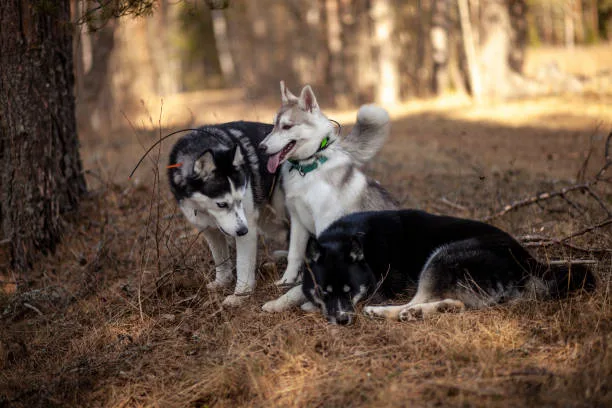
Choosing the Right Low-Shedding Husky Breed
Choosing the right low-shedding Husky breed is a crucial decision that should align with your lifestyle, home environment, and any family allergy considerations. For individuals or families with allergen sensitivities, selecting a low-shedding Husky breed can significantly minimize the impact of pet dander on respiratory health. When choosing a low-shedding Husky breed, it’s important to evaluate your living space and activity level.
Consider the size of your home and yard, as well as the time and space you have available for exercising and playing with your pet. Low-shedding Husky breeds like the Alaskan Klee Kai or the hairless breeds provide excellent alternatives with reduced shedding tendencies, making them suitable for a variety of living situations. Additionally, if family members have allergies, it’s essential to research and spend time with different low-shedding Husky breeds to assess their compatibility with allergy sufferers.
Some individuals may find that certain low-shedding Husky breeds, when properly groomed and maintained, have minimal impact on their allergies. It’s advisable to consult with breeders and visit allergy-friendly homes with low-shedding Huskies to gauge their potential impact in your living environment. Ultimately, the decision to choose a low-shedding Husky breed should be based on careful consideration of your unique circumstances.
By taking into account lifestyle, home environment, and potential allergy issues, you can ensure that the selected low-shedding Husky breed fits seamlessly into your life while minimizing shedding and maintaining a clean, comfortable home environment..
Understanding the traits of low-shedding Huskies is just the beginning of unraveling canine behavior. Delve deeper into the fascinating world of your furry friends by exploring the article "The Hidden Reasons Behind Dogs Resting at Your Feet."
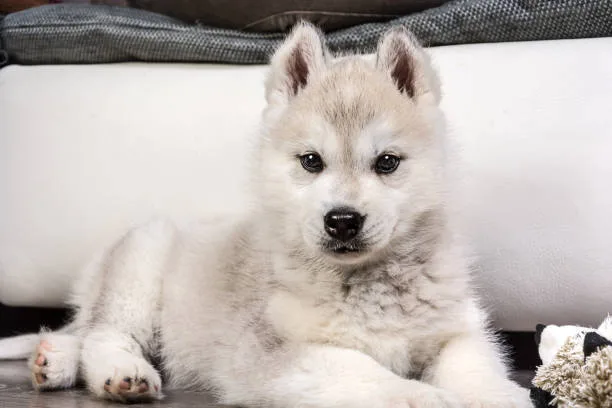
Managing Allergies with Low-Shedding Huskies
Reddit Husky breed that doesnt shed
If you or a family member have allergies, owning a low-shedding Husky breed that doesn’t shed can still be a possibility with the right strategies in place. Regular grooming and bathing of your Husky can significantly reduce the amount of loose hair and dander in your home, lessening the potential for allergic reactions.
Investing in a high-quality air purifier can also help to minimize allergens in the air, providing a cleaner and more comfortable living environment for both you and your low-shedding Husky. Additionally, maintaining a clean living space by regularly vacuuming and washing your Husky’s bedding can further assist in managing allergies, granting you the opportunity to enjoy the company of a Husky without compromising your health..
By implementing these strategies, allergy sufferers can enjoy the companionship of their low-shedding Huskies without compromising on comfort and cleanliness. Delve deeper into the unique traits of Huskies and other canines by exploring the intriguing world of dogs with webbed feet — your gateway to uncovering more fascinating Husky secrets awaits. Discover the Mysteries of Web-Footed Dogs.
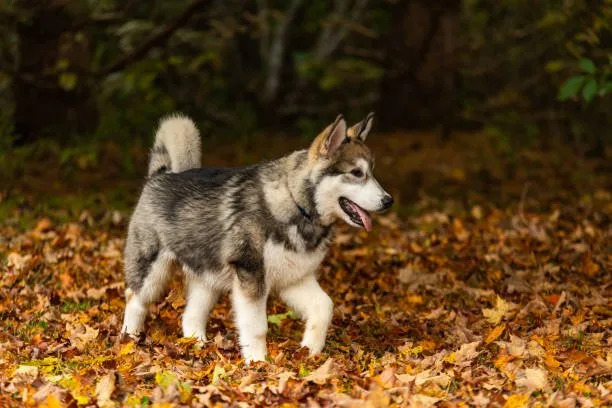
Training Low-Shedding Huskies for Optimal Behavior
Training and socialization are crucial factors in nurturing well-behaved and well-adjusted low-shedding Huskies. Proper training not only prevents stress-related shedding but also contributes to the development of a balanced and adaptable Husky temperament.
Socialization from an early age helps low-shedding Huskies to interact positively with people, other pets, and various environments, reducing anxiety and potential triggers for excessive shedding. Consistent and positive reinforcement-based training techniques, such as reward-based obedience training, help in shaping desirable behaviors and minimizing stress-induced shedding.
In addition, incorporating regular physical and mental stimulation in the form of exercise and engaging activities fosters a healthy and content low-shedding Husky, further reducing the likelihood of behavioral issues and associated shedding.
American Kennel Club: Husky breed that doesnt shed
Training and socialization are crucial factors in nurturing well-behaved and well-adjusted low-shedding Huskies.
Proper training not only prevents stress-related shedding but also contributes to the development of a balanced and adaptable Husky temperament. Socialization from an early age helps low-shedding Huskies to interact positively with people, other pets, and various environments, reducing anxiety and potential triggers for excessive shedding.
Consistent and positive reinforcement-based training techniques, such as reward-based obedience training, help in shaping desirable behaviors and minimizing stress-induced shedding. In addition, incorporating regular physical and mental stimulation in the form of exercise and engaging activities fosters a healthy and content low-shedding Husky, further reducing the likelihood of behavioral issues and associated shedding.
Discover more insights into managing your Husky's health and happiness on our dedicated page. Dive into detailed guidelines for puppy care, including the optimal timing for their first bath, by reading our comprehensive article, Ultimate Husky Puppy Bathing Guide.
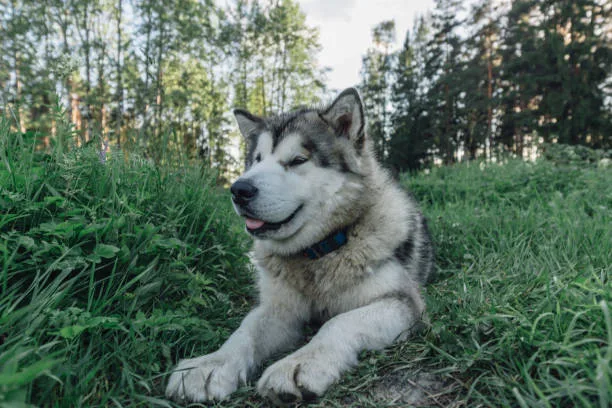
Healthcare Tips to Prevent Excessive Shedding
On Quora about: Husky breed that doesnt shed
To maintain a healthy coat and minimize shedding in low-shedding Husky breeds, it’s essential to prioritize their healthcare needs. Regular veterinary check-ups are crucial to monitor the overall health of your Husky.
Ensure they are up to date with vaccinations and parasite control to prevent any underlying health issues that could contribute to excessive shedding. Additionally, a balanced diet tailored to their specific nutritional requirements can significantly impact the condition of their coat, reducing shedding.
Look for high-quality dog food rich in omega-3 fatty acids, which promote healthy skin and a lustrous coat. It’s important to provide regular grooming sessions to check for any skin abnormalities or irritations that may lead to increased shedding.
Establish a grooming routine that includes brushing with suitable tools to remove loose fur and distribute natural oils, keeping the coat healthy and minimizing shedding. Finally, be mindful of stress levels as anxiety can trigger excessive shedding in Huskies.
Creating a calm and comfortable environment while incorporating regular exercise and mental stimulation supports their overall wellbeing and helps prevent stress-related shedding. By integrating these healthcare tips, you can ensure that your low-shedding Husky maintains a healthy coat and minimizes shedding..
To delve deeper into the specifics of grooming and maintaining your Husky's coat, discover our comprehensive guide on selecting the perfect undercoat rake. Transition seamlessly to enhancing the well-being of your beloved pet by exploring the ultimate guide to the best undercoat rakes for Huskies.
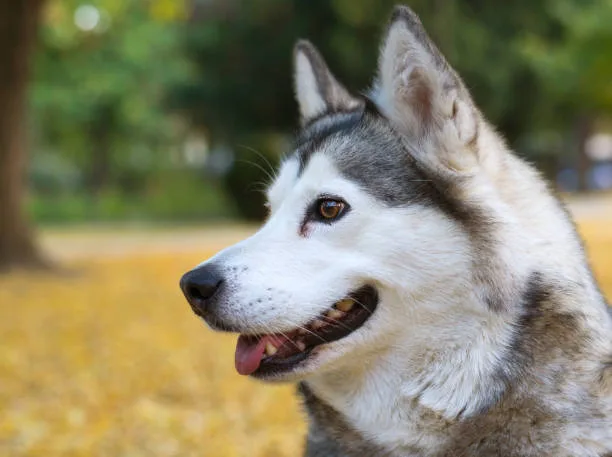
Cleaning Tips for Homes with Low-Shedding Huskies
To keep your home free of Husky hair, there are several practical cleaning tips and effective tools that you can use. Regular grooming of your low-shedding Husky is essential to minimize loose hair around your home.
Invest in a high-quality brush specifically designed for the Husky breed that doesn’t shed, such as an undercoat rake or a deshedding tool. These tools are effective in removing loose fur before it ends up on your furniture and floors.
Additionally, consider using a lint roller or lint brush to quickly remove any stray hairs from upholstery and clothing. Utilize a vacuum cleaner with a HEPA filter to efficiently capture pet dander and hair from carpets and furniture, helping to maintain a clean and fur-free environment.
Lastly, establish a consistent cleaning routine for your home, including regular sweeping or mopping of hard floors and washing of pet bedding and blankets to keep Husky hair at bay.
These cleaning tips and tools will help you effectively manage and minimize Husky hair in your home, allowing you to enjoy the company of your low-shedding Husky without the worry of excessive hair accumulation.
Keeping your home free of Husky hair not only contributes to a cleaner space, but also to the overall well-being of your furry companion. For a deeper dive into maintaining your Husky's coat and skin health, discover expert advice and solutions tailored for your pet at Addressing Siberian Husky Skin Issues.
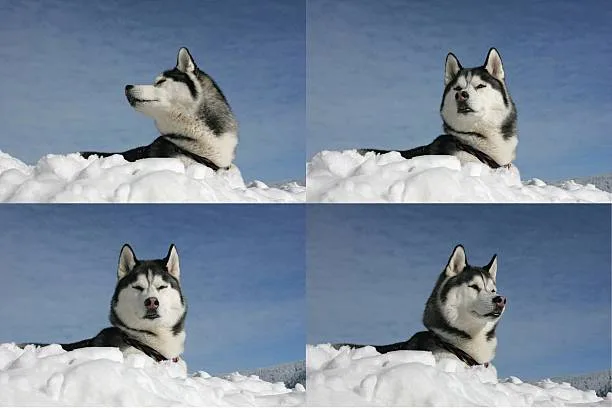
The Benefits of Owning a Low-Shedding Husky
Owning a low-shedding Husky breed brings numerous benefits to both the dog and the owner. These dogs offer the same captivating Husky personality and energy levels while significantly reducing the amount of hair in the home.
This combination of traits ensures that allergy sufferers can enjoy the company of a Husky without being overwhelmed by pet dander. The joy and companionship that these low-shedding Huskies bring into the home is truly remarkable, creating a loving and lively atmosphere for the entire family to enjoy.
Additionally, the reduced shedding means that the home environment remains cleaner and more manageable, requiring less effort in day-to-day cleaning and maintenance, allowing for more time to be spent enjoying the company of the beloved pet.
Owning a low-shedding Husky breed brings numerous benefits to both the dog and the owner.
These dogs offer the same captivating Husky personality and energy levels while significantly reducing the amount of hair in the home.
This combination of traits ensures that allergy sufferers can enjoy the company of a Husky without being overwhelmed by pet dander.
The joy and companionship that these low-shedding Huskies bring into the home is truly remarkable, creating a loving and lively atmosphere for the entire family to enjoy.
Additionally, the reduced shedding means that the home environment remains cleaner and more manageable, requiring less effort in day-to-day cleaning and maintenance, allowing for more time to be spent enjoying the company of the beloved pet.
Embracing the companionship of a low-shedding Husky offers the best of both worlds—affectionate and lively friendship in a more allergen-friendly package. To ensure your journey with these magnificent creatures is as rewarding as possible, discover the best practices for their care with our in-depth guide on nurturing your Husky puppy.Nurturing Your Husky Puppy: Proven Tips & Tricks.
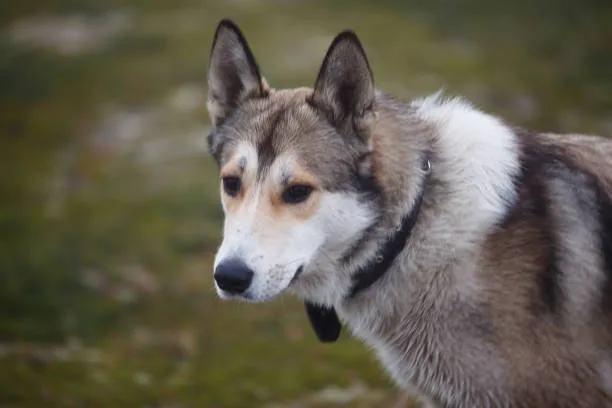
Siberian Husky Grooming and Hair Growth Cycle
Siberian Huskies require regular grooming to keep their coat healthy and minimize shedding. Their double-layered coat consists of a soft, dense undercoat and a longer, coarser topcoat.
To effectively manage their hair growth cycle and minimize shedding, it’s essential to brush them at least twice a week using a slicker brush or an undercoat rake. These tools help to remove loose fur and prevent mats or tangles, promoting a healthier coat and reducing the amount of loose hair around the home.
Additionally, during the shedding seasons, which typically occur in spring and fall, more frequent brushing may be necessary to keep shedding under control and maintain the Husky’s coat health.
For a closer look at maintaining the health and elegance of another unique breed's coat, consider exploring the grooming requirements of the Isabella French Bulldog. Delve into our comprehensive guide on their care, understanding the costs involved with an Isabella French Bulldog.
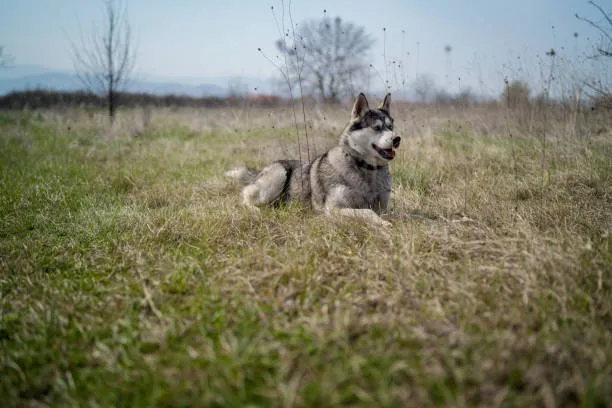
Husky Coat Maintenance and Seasonal Shedding
Huskies are known for their thick double coat, which sheds throughout the year with seasonal variations. Regular grooming is essential to manage the shedding and maintain a healthy coat.
During shedding seasons, typically in the spring and fall, their undercoat sheds heavily to make way for a lighter summer or warmer winter coat. To effectively manage this shedding, owners should implement a consistent grooming routine, including regular brushing with a deshedding tool to remove loose hair and prevent matting.
Additionally, a bath with a high-quality, non-stripping shampoo can help loosen and remove excess fur. It’s important to remember that even low-shedding Husky breeds require consistent coat maintenance to ensure a well-kept appearance and overall coat health.
Throughout the year, especially during shedding seasons, owners can monitor their Husky’s diet to support coat health.
A diet rich in Omega-3 fatty acids and other essential nutrients can promote a strong, healthy coat and potentially reduce excessive shedding. Overall, understanding the seasonal shedding patterns and implementing a tailored grooming and dietary routine can significantly contribute to maintaining a well-kept Husky coat throughout the year.
Maintaining your Husky's coat is just one aspect of ensuring a healthy interaction with your pet. For more insights on safeguarding your family's health around pets and various animals, explore the CDC's recommendations in Staying Healthy Around Pets and Animals.
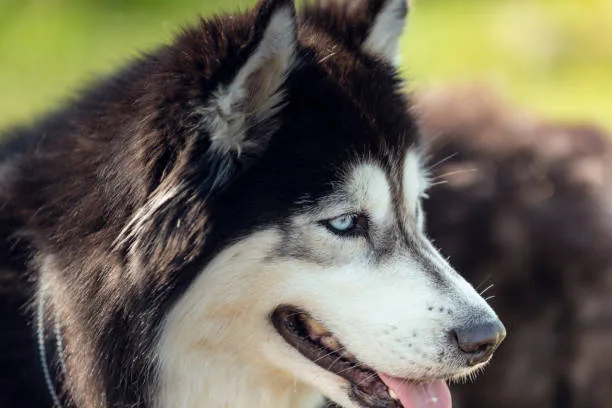
Approaches to Hypoallergenic Husky Living: Alternatives and Dander Management
If you’re considering hypoallergenic dog breed options, there are alternatives to the traditional Husky breed that doesn’t shed as much. The Alaskan Klee Kai, a smaller version of the Husky, is known for being a low-shedding breed that can be more suitable for allergy sufferers.
Additionally, hairless dog breeds, such as the Xoloitzcuintli or the Chinese Crested, are excellent choices for individuals with severe allergies. When it comes to managing pet dander in the home, regular grooming and bathing can help minimize allergens.
Using air purifiers and maintaining a clean living environment also play a significant role in dander management, creating a more comfortable space for both the hypoallergenic Husky and its owner.
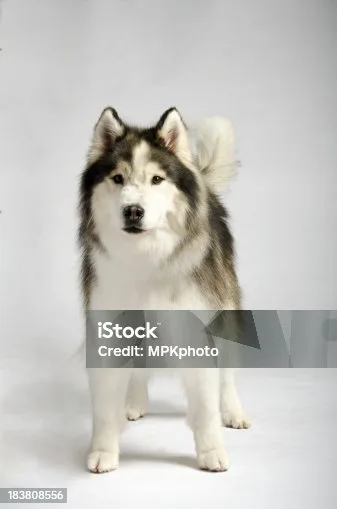
Deshedding Tools and Diet: Enhancing Husky Fur Care
To effectively manage shedding and maintain a low-shedding coat for the Husky breed that doesn’t shed, owners can utilize specific deshedding tools tailored to their double-layered fur. Tools such as undercoat rakes, shedding blades, and slicker brushes are designed to remove loose fur from the undercoat without harming the topcoat.
Regular use of these tools can significantly reduce shedding and keep the coat in optimal condition. Additionally, incorporating a diet rich in omega-3 and omega-6 fatty acids, found in sources like salmon oil or flaxseed, can enhance the overall health of the skin and coat, leading to a reduction in excessive shedding.
By employing these deshedding tools and providing a nutrient-rich diet, husky owners can actively contribute to the well-being of their pets and maintain a cleaner living environment.
By using undercoat rakes, shedding blades, and slicker brushes, owners can effectively remove loose fur from the undercoat without harming the topcoat, reducing shedding.
Incorporating a diet rich in omega-3 and omega-6 fatty acids, found in sources like salmon oil or flaxseed, can enhance the overall health of the skin and coat, leading to a reduction in excessive shedding.
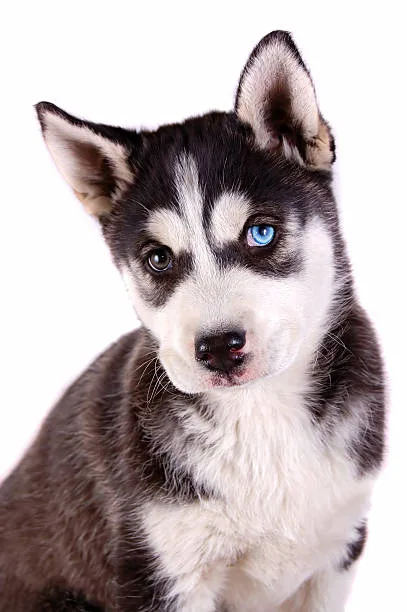
Low-Shedding Husky Care: Exercise, Health, and Allergy Management
Regular exercise plays a crucial role in maintaining the health and wellness of a low-shedding Husky breed. These energetic dogs require consistent physical activity to prevent stress-related shedding and promote overall well-being.
Daily walks, interactive play sessions, and engaging in canine sports or activities can help channel their high energy levels in a positive manner and reduce excessive shedding. Additionally, ensuring proper health care through regular vet check-ups and a balanced diet contributes to a healthy coat and minimizes shedding.
By incorporating these elements into their care routine, along with effective allergy management techniques such as regular grooming and cleaning, low-shedding Husky breeds can thrive in an environment that is comfortable for both the dog and the owners.
Regular exercise is essential for maintaining the health and wellness of low-shedding Husky breeds.
Physical activity helps prevent stress-related shedding and promotes overall well-being.
Daily walks, play sessions, and engaging in canine sports can reduce excessive shedding.
Proper health care through vet check-ups and a balanced diet contributes to a healthy coat.
Effective allergy management techniques, such as regular grooming and cleaning, create a comfortable living environment for low-shedding Husky breeds.
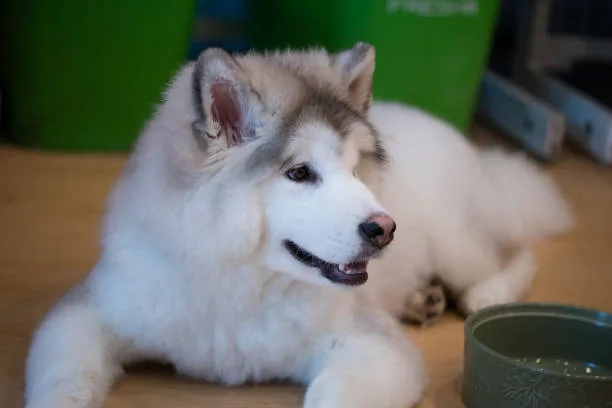
Conclusion
In conclusion, owning a low-shedding Husky breed that doesn’t shed brings great joy and companionship while also helping to maintain a cleaner home environment. It is important to carefully consider the specific low-shedding Husky breed that best suits your lifestyle, home environment, and any family allergy considerations.
Proper care, including regular grooming, a balanced diet, regular exercise, and healthcare measures, is essential for the overall wellbeing of the dog and the entire family. By providing a loving and nurturing environment for your low-shedding Husky, you can enjoy a wonderful companionship while also ensuring a clean and comfortable living space for everyone..

Leave a Reply